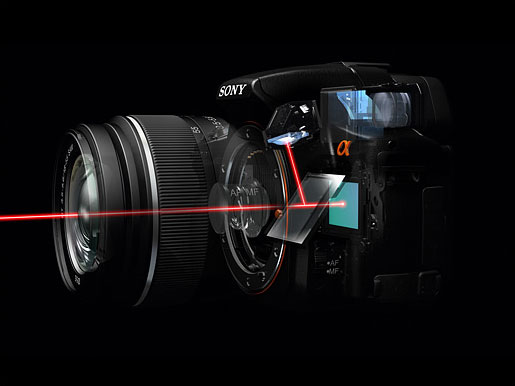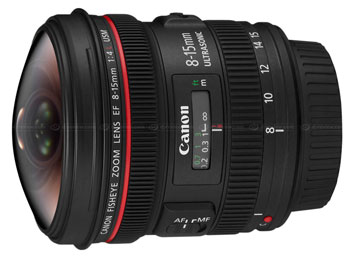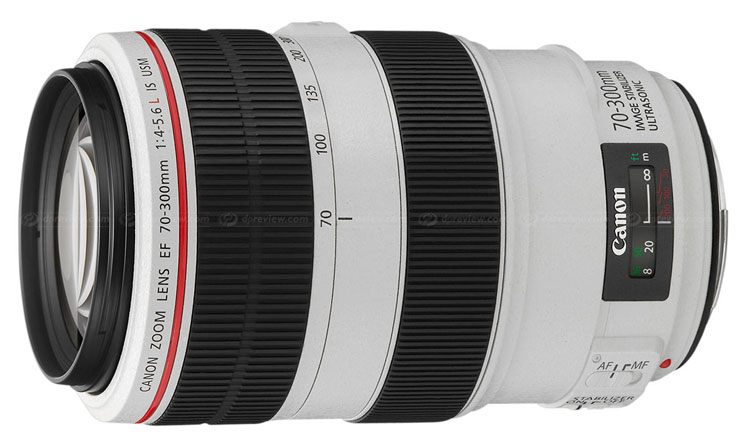Every two years, camera manufacturers descend upon Cologne, Germany to push their latest wares. In the past week, on the lead-up to the trade show, Nikon, Sony, and Canon (in that order) have unveiled their latest offerings.

The more interesting announcements, to my mind, include Sony’s decision to revive the Pellicle mirror concept in the form of a “Single Lens Translucent” body that is always in live view, but retains phase-detect autofocus even for video.
Canon has announced a new 60D body that loses many of the features that it’s predecessor, the 50D, had but it gains video and an articulated LCD screen. I can only hope that articulated screens are found on every future body that shoots video…Note also that this camera has another edge over the higher-priced 7D: manual audio control. Canon has yet to release firmware to give the 7D the capability to control the audio level, but this lower-priced model might actually become very attractive to videographers for the articulated screen combined with audio control. That is, if Sony doesn’t steal the show.
However, Canon didn’t end there: the 300mm f/2.8L, 400mm f/2.8L, and 1.4x and 2x teleconverters have all been refreshed with new optical designs. The updated teleconverters have improved electronics that might only affect their performance with the newly-announced telephoto lenses, but the improved optics should benefit all telephoto lenses. So, while I can’t say that any of the super-telephoto lenses are in the cards for me at the moment (the longest lens I have is the 400mm f/4 DO IS, and my sights are set on the 800 f/5.6–some day) the new teleconverters are sure to pique the interest of everyone as they are a frequently-used accessory and are therefore an easy way of improving the image quality of one’s photographs.
Also, Canon announced that they will be redesigning the 500mm f/4L IS and 600mm f/4L IS super-telephoto lenses, complete with the new “flourine coatings” on the aforementioned lenses and teleconverters.

That said, the icing on the cake of the announcements? An 8-15mm fisheye zoom. Sure to be of interest to a lot of people for the creative perspectives offered in such a range. Particularly, owners of reduced frame (APS-C and APS-H) cameras will be interested in this lens for the wider perspective.
Really, the only offering in that mix that doesn’t make sense to me is the 70-300mm f/4-5.6L zoom lens. I know that the 70-300 range is popular, but how this lens fits on the totem pole in relation to the 70-300 f/4.5-5.6 DO IS lens is something of a mystery to me.
I was curious enough about this “L” version of the popular zoom range that I fired off an e-mail to Scott Andrews, the photojournalism representative for Canon in North Carolina, and his estimate is that this lens will have greater contrast and sharpness as compared to the DO lens. It is, however, heavier at 2.3 pounds versus 1.6 pounds, bright white as opposed to matte black, and will be priced some $200 more than its DO sibling. I do wonder if this is Canon’s way of tiding people over while we all wait for an update of the 100-400mm zoom…provided it’s even coming.
